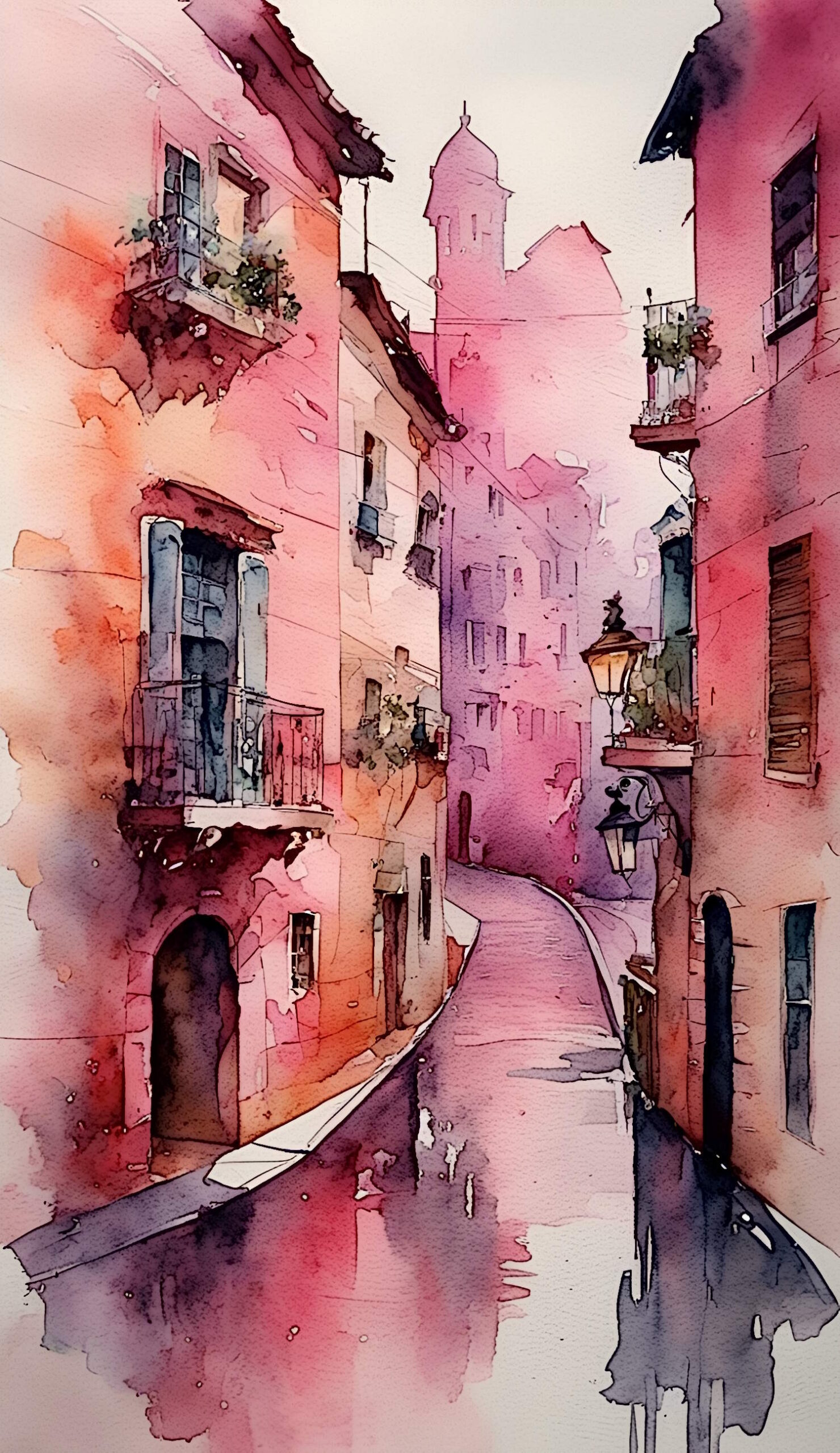The Origins of Rome
History and legend blend irretrievably together when we attempt to explain the origins of Rome. Leaving aside what tradition tells, long before the city was founded, the peninsula of Italy was inhabited by many different groups of people. Some of whom were from the interior of Europe, who crossed the Alps and settled, some in the north, were the case of the Etruscans and the Umbri. Others, the Latinos, occupied and settled in the valley of the Tiber River. The Samnites settled in the hills and valleys of the south of the peninsula. Later, they would also enter through the Alps, Celtic peoples (the Romans called them Gauls).
The Etruscans settled, the penetrated to the very heart of the country, beginning approximately from the 6th century BC. They ended up forming a wide league of cities, some large and with good seaports which allowed for their expansion. The Etruscans formed a higher class within the population, where they obtained their resources from various sources: livestock, agriculture and mining. They also had a textile and metallurgical industry. Socially, they were given an advantage due to their knowledge of Greek, both culturally and in the military, sporting and religious fields.
Politically, the Etruscans headed in two directions.
Across the sea they nurtured some friendship with Phoenicians and Carthaginians who thanked the Etruscans' pirate tactics against common enemies. At that time it was known that the Etruscans were more pirates than merchants. With those who did not entrust them with their affections, they could turn to their neighbor, the Greeks for fair treatment. Continued battles to control maritime domains towards Etruscans and Greeks did not imped the relationships with third parties.
This was the panorama at sea, by land the Etruscan advancement was constant, their ambition led them to Po valley in the north and Campania in the south. They completely occupied the Valley until the Celts appeared in the 5th century BC.
Their incursions and movements to the south were mostly successful, only partly halted by the political and economic position and situation, also cultural, of two italic peoples on the peninsula, the Samnites and the Latino-Faliscan. The Samnites, making close contacts with the Greeks, learned a lot from them, to fight, to perfect their weapons, building and fortification. Trade also with the Greeks, enriched them. These Samnites managed to put a limit on Etruscan expansion to the south.
Lazio was another destabilizing element for the Etruscans. It was their situation on the peninsula that gave them have access to the sea by an Italic people. The only rivals of Lazio were the Volsci, a mountain tribe of the Apennines that separate the Lazio from Campania, their encounters were bloody and continuous. They acted as an independent state without being incorporated, neither by Etruscans nor Greeks, apart from their connection to the sea was of vital importance for their developments, both of the Lazio and of the Latin people. The entire civilizing current from Greece, Etruria and Carthage, contributed in raising the economic and social level of both Lazio and Latino-Faliscan.
City Foundation
The first vestiges of foundations in Rome appear in the hills of Lazio, where life was prosperous, rich and rewarding. It is in these hills that the institutions that made the backbone for Rome were founded. It must be considered that all these beginnings are not definitive, producing swings over the course of the years. It was possible that there were also two foundations, one by the Latinos on Palatine Hill and one by the Sabines in the Quirinacon. According to local tradition, the belief was preserved that the Palatine, or, in other words, the primitive Rome, was a colony of two Latin cities in the vicinity; Alba and Lavinium. Surely such a location was chosen because the only point of the lower Tiber that offered facilities to cross from the left bank to the right, from Latin to the Etruscan soil, was secured. In front of the Palatine there is a small island on the Tiber that made it easy to build a wooden bridge there.
All these communities that were grouped together and exercised as such a unit that they acquired a great and emerging force as a city and as a people.
Our knowledge of the history of Rome in the preceding centuries, at the beginning of its foundation, the 8th, 7th and first half of 6BC, is undoubtedly imperfect. Various indications and various conjectures of various historians, make it clear that there no single explanation for the final constitution of the city.
According to history, the origins of Rome date back to 753 BC. In order to protect the Tiber from the Etruscan threat, seven Latin villages in the Lazio region formed a confederation. But its strategic and commercial value attracted the Etruscans, who imposed their dominance over the villages that originated the authentic foundation. The city was walled, its streets were planned and the marshy valleys that surrounded it were curated through the drainage channels, and joined the banks of the Tiber with a bridge until it finally became a true city. With the consequent economic development Rome, grew rapidly, mainly due to two causes: proximity to Erutria and access to the mouth of the Tiber, thanks to the latter, trade with the outlying communities entered and departed on Phoenician and Greek ships. Together with economic development, a dominant aristocracy, a social order, based on blood ties and hermetism, was allowed to develop. The Etruscan upper class, dominant against villages and settlements is organized and intervened in the early governance of the city with the beginning of the monarchical era. Until, finally, it emerged as the Rome we now recognize.

